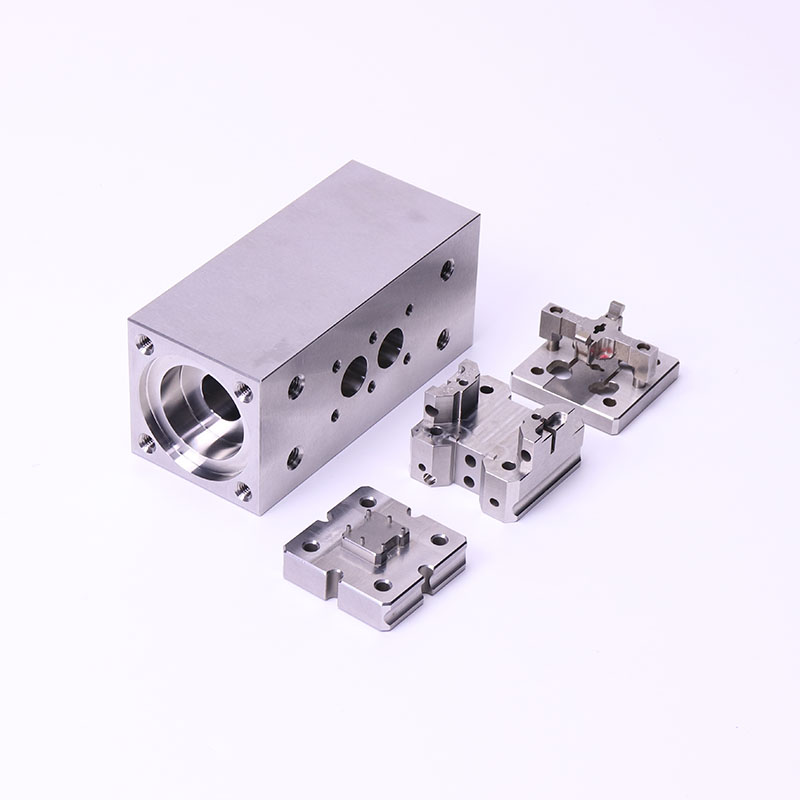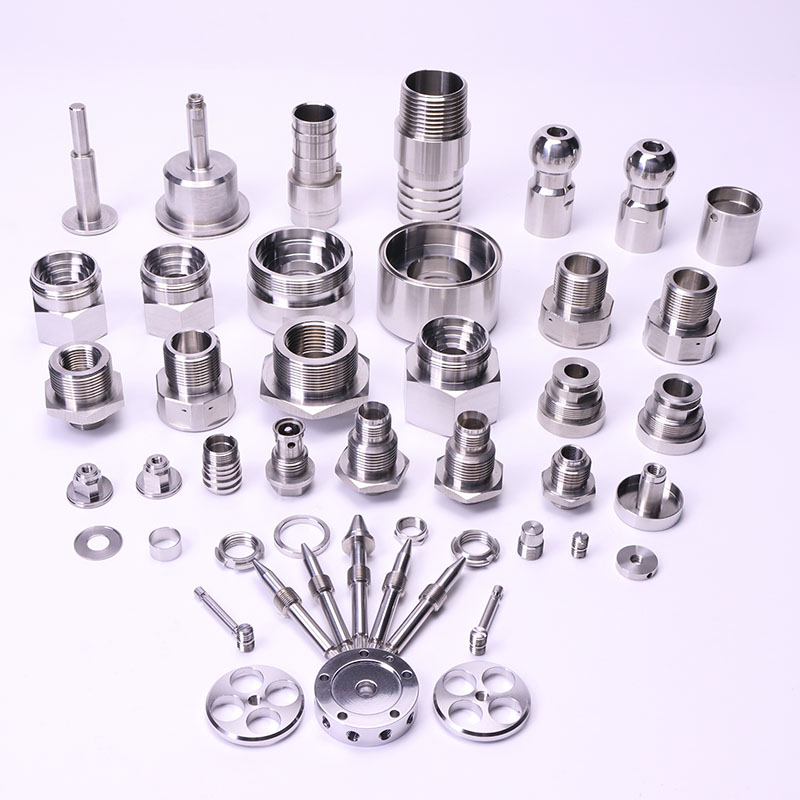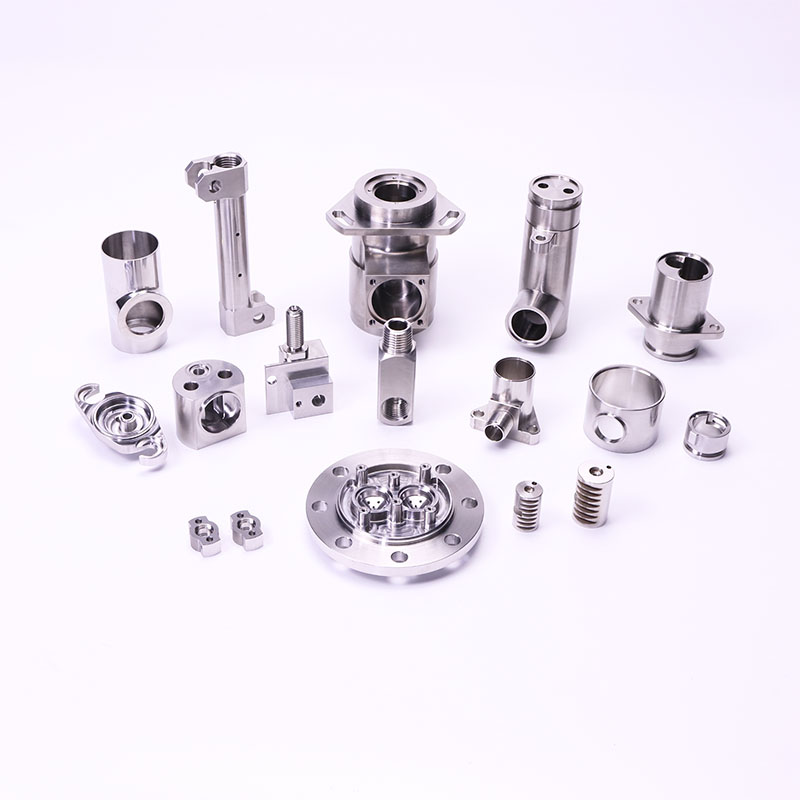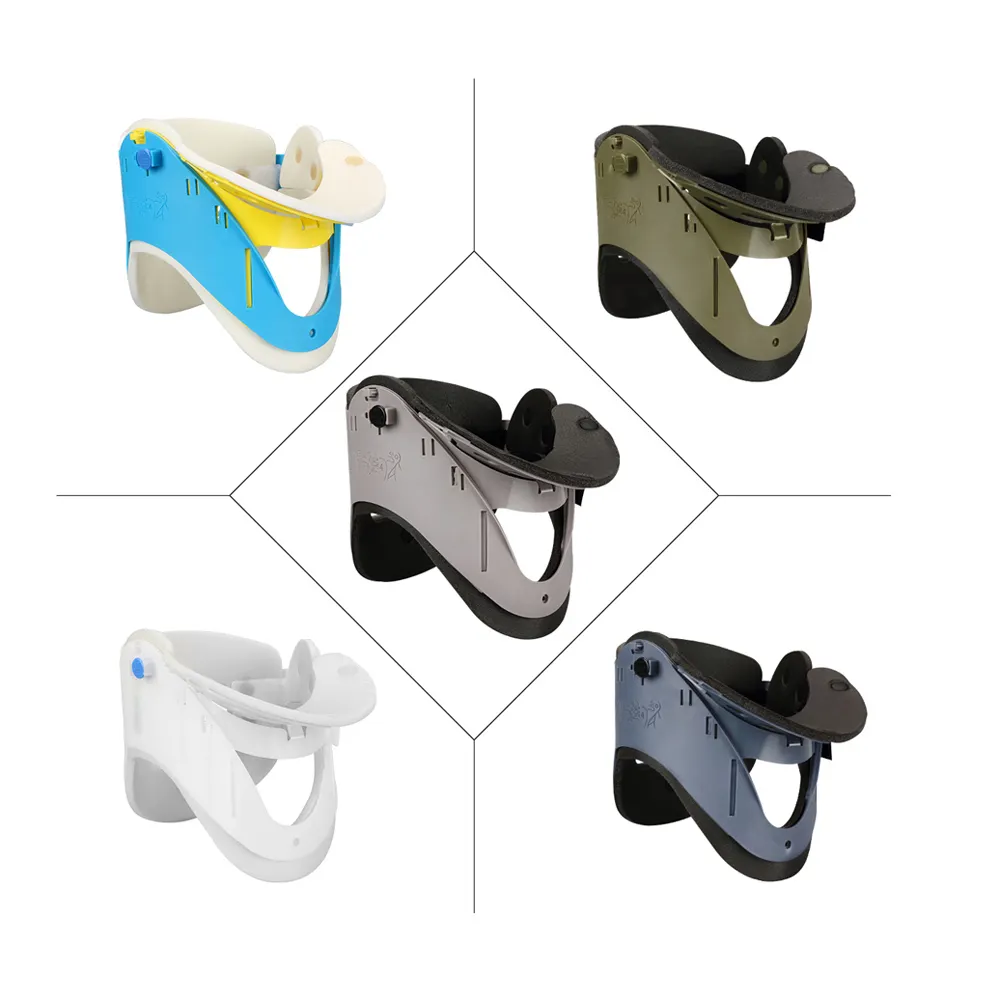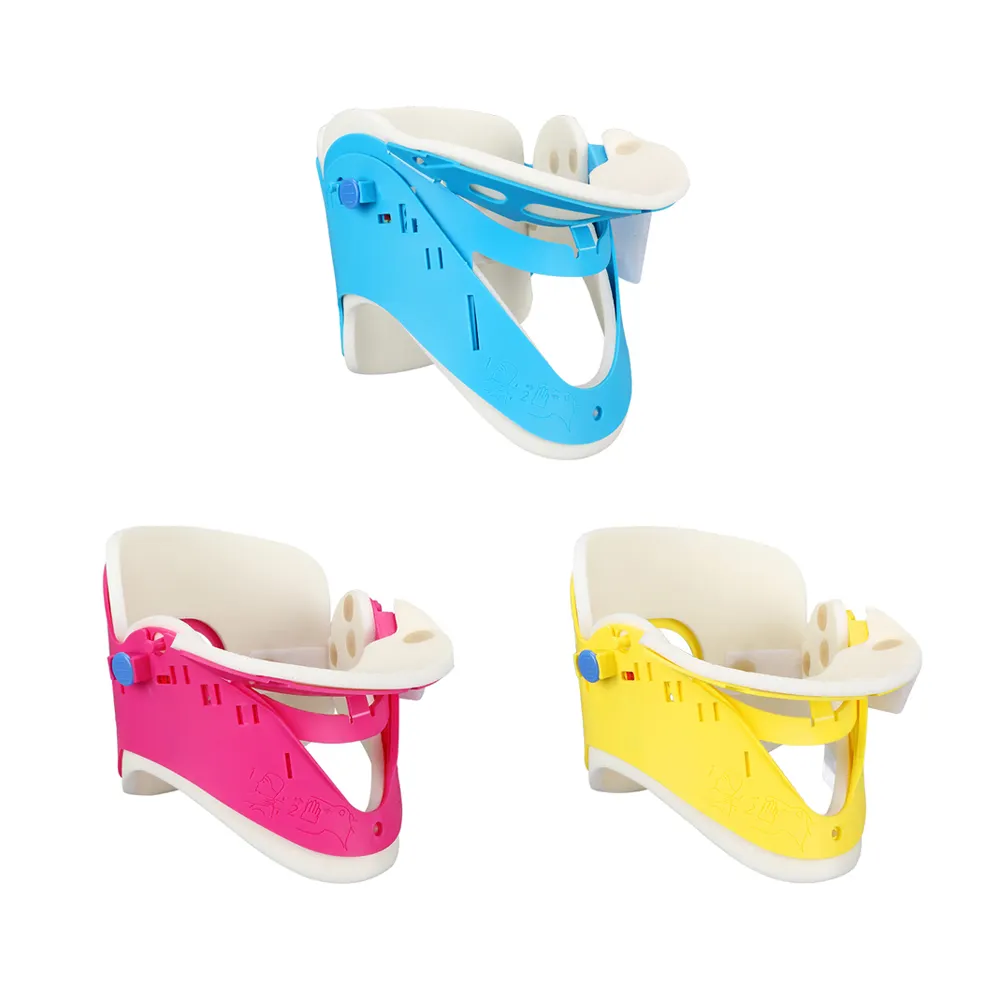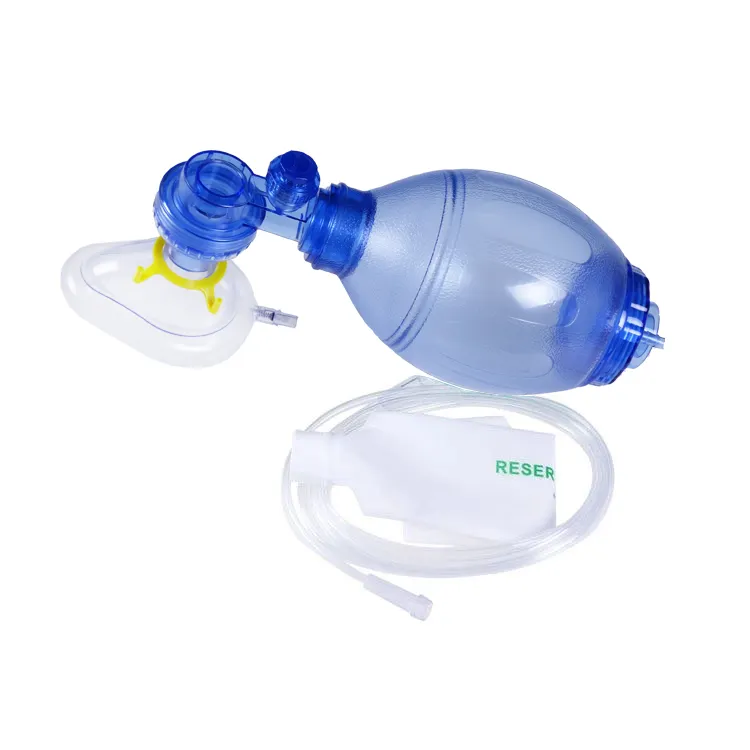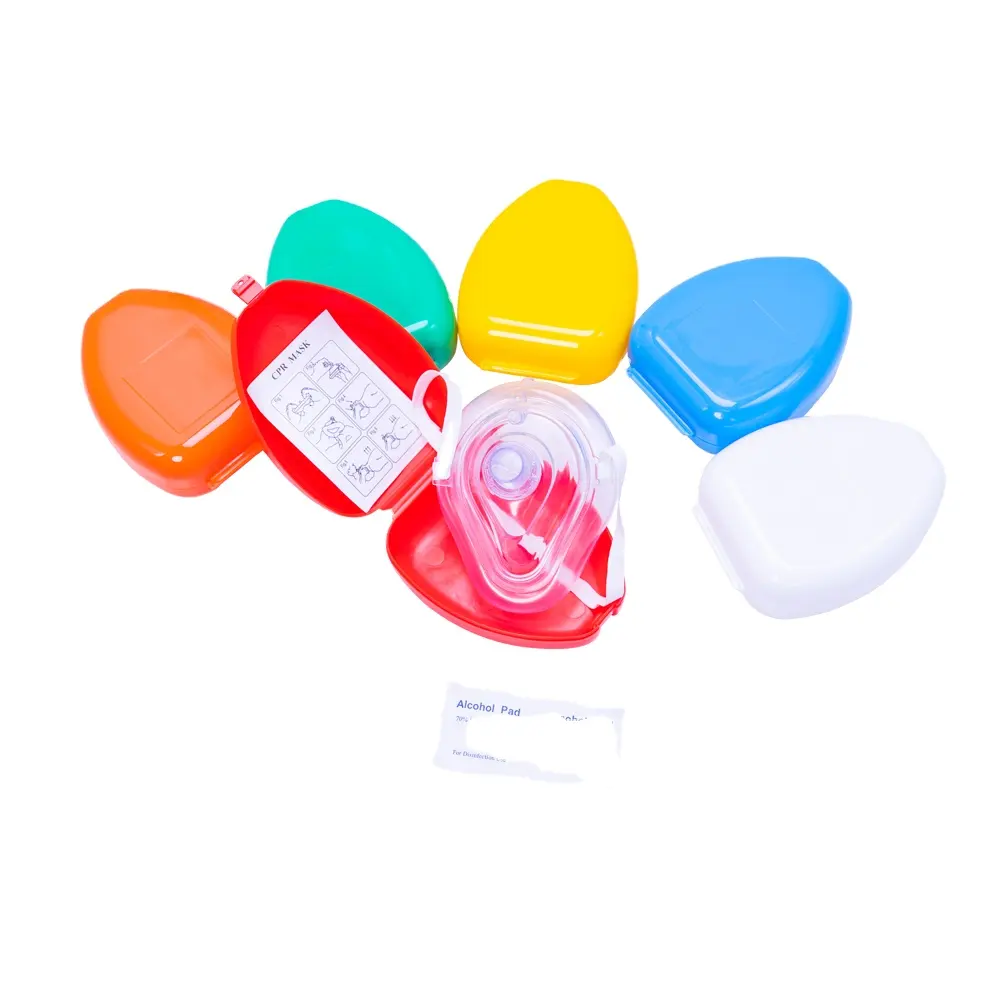Introduction
1. Understanding Fabrication
1.1 Definition and General Process
Fabrication involves the creation of a part or product by assembling various components or materials. This often includes processes such as cutting, bending, welding, and fastening. For example, in the construction of a metal frame, metal sheets are cut to size, bent into the desired shape, and then welded together. In the automotive industry, fabrication is commonly used to create custom exhaust systems, where different pipe sections are cut, bent, and joined. According to a report by [Industry Journal Name], about 30% of automotive customization projects involve some form of fabrication work.
1.2 Advantages of Fabrication
Cost-Effectiveness for Simple Structures: For large, simple structures that don't require extremely high precision, fabrication can be a cost-effective option. Since it often uses standard materials and basic manufacturing techniques, the initial setup costs are relatively low. For instance, in the production of large storage tanks, fabrication allows for quick assembly at a reasonable cost.
Versatility in Material Selection: Fabrication can work with a wide range of materials, including metals, plastics, and composites. This makes it suitable for various industries with different material requirements. In the aerospace industry, for example, fabrication is used to create components from lightweight yet strong composite materials.
1.3 Limitations of Fabrication
Lower Precision: When it comes to achieving very tight tolerances, fabrication has its limitations. The welding and joining processes can introduce some level of distortion, making it difficult to create parts with extremely precise dimensions. In high-precision applications like medical device manufacturing, this can be a significant drawback.
Limited Complexity: Fabrication is better suited for simpler geometries. Creating complex internal features or intricate shapes can be challenging and costly through fabrication methods.
2. Exploring Customized Machining
2.1 Definition and Key Processes
Customized machining is a subtractive manufacturing process where material is removed from a workpiece to create the desired shape. This is typically done using machines such as lathes, mills, and CNC (Computer Numerical Control) machines. For example, in the production of a custom engine part, a block of metal is placed on a CNC mill, and the machine precisely removes material to create the intricate internal and external features required. In the European precision machining market, customized machining accounts for approximately 40% of the total machining services, according to a recent market analysis.
2.2 Advantages of Customized Machining
High Precision: One of the most significant advantages of customized machining is its ability to achieve extremely tight tolerances. This is crucial in industries such as electronics, where components need to fit together perfectly. For example, in the manufacturing of semiconductor chips, customized machining is used to create the minute features on the chip surface with nanometer-level precision.
Complex Geometries: Customized machining can handle complex geometries with ease. Whether it's creating intricate internal channels or unique external shapes, CNC machines can follow precise instructions to produce parts that would be difficult or impossible to fabricate. In the medical industry, customized machining is used to create patient-specific implants with complex shapes that match the patient's anatomy.
2.3 Limitations of Customized Machining
3. Comparing Fabrication and Customized Machining
3.1 Precision and Tolerance Comparison
As shown in the table below, customized machining clearly outperforms fabrication in terms of precision and tolerance capabilities.
| Manufacturing Method | Precision Level | Typical Tolerance Range |
|---|---|---|
| Fabrication | Moderate | ±0.5 - 1.0 mm |
| Customized Machining | High | ±0.01 - 0.1 mm |
3.2 Cost Comparison
The cost of fabrication and customized machining depends on various factors such as part complexity, quantity, and material. Generally, for simple parts and large quantities, fabrication is more cost-effective. However, for complex, high-precision parts in small quantities, customized machining might be the better choice despite its higher cost.
3.3 Application Suitability Comparison
Fabrication is well-suited for applications where large, simple structures are needed, such as in construction and some automotive customization. Customized machining, on the other hand, is ideal for industries that require high precision and complex geometries, like medical, aerospace, and electronics.
4. Conclusion
In conclusion, both fabrication and customized machining have their own strengths and weaknesses. The choice between them depends on the specific requirements of the project, including precision needs, part complexity, quantity, and cost considerations. Customized machining offers unparalleled precision and the ability to create complex geometries, making it a valuable option for many industries. At Xiamen Prime Kunwu Industrial Co., Ltd., we understand the intricacies of both fabrication and customized machining. Our team of experts can help you determine the best manufacturing method for your customized machining needs, ensuring that you receive high-quality parts that meet your specifications.
References
[Industry Journal Name], "The Evolution of Fabrication Techniques in the Automotive Industry", [Publication Date]
[Market Research Report Name], "Precision Machining Market Analysis in Europe", [Publication Date]
FAQs
1. What are the key differences between fabricated and customized machining parts in terms of precision?
Customized machining parts can achieve much higher precision, with tolerances around ±0.01 - 0.1 mm, while fabricated parts usually have ±0.5 - 1.0 mm tolerance. Machining is better for tight tolerances.
2. When is customized machining a more suitable choice than fabricated parts in a project?
When the project requires high precision, complex geometries like in medical or aerospace, and small quantities, customized machining is better. Fabrication is for simple, large structures.
3. How does the cost of customized machining compare to fabricated parts for large quantity production?
For large quantity production of simple parts, fabricated parts are more cost-effective. Customized machining has higher setup and material costs, making it expensive for large batches.
4. Can customized machining handle a wide variety of materials like fabricated processes?
Both can handle various materials. But fabrication is more versatile in quickly assembling different materials. Customized machining focuses on precision shaping of materials.
5. In which industries is customized machining more commonly used compared to fabricated parts?
Customized machining is common in electronics, medical, and aerospace for high precision needs. Fabrication is often used in construction and some automotive customization for larger, simpler structures.
Contact Info
Mr. Brook Lin
Job Title: Sales manager
E-mail: [email protected]
Mob/WhatsApp:+86 13599927066
Wechat:+86 13599927066 Skype:+86 13599927066
Country/Region: China (Mainland) Province/State: Fujian
Operational Address: Building 172, Tongan Industrial Zone, Tongan Area, Xiamen, Fujian, China (Mainland) Zip: 361100

